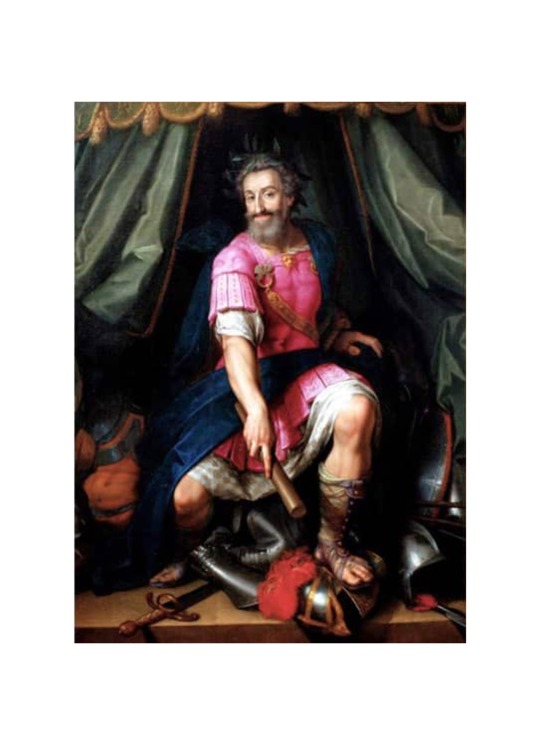#Henri IV
Text
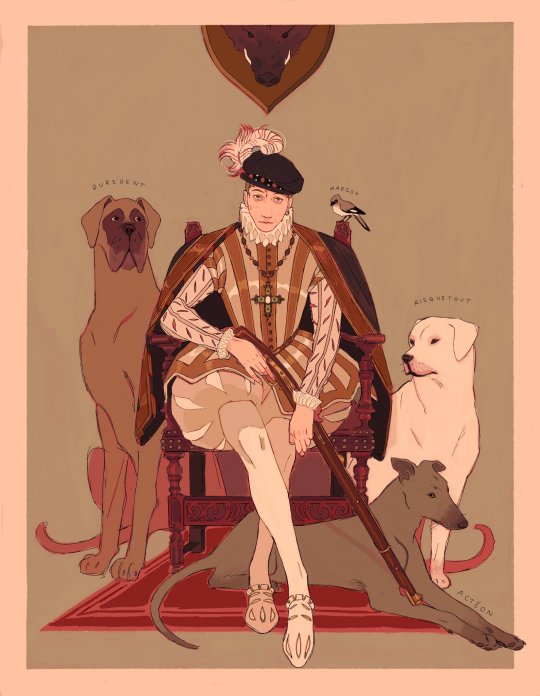
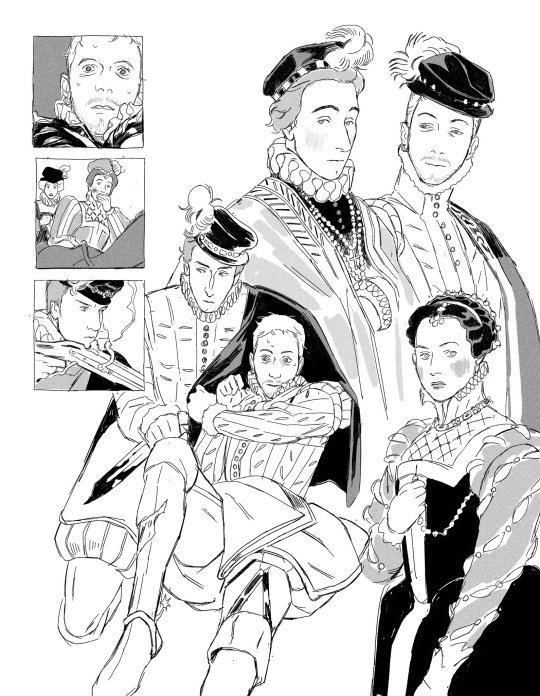
La Reine Margot - Charles IX, Henri de Navarre, and Marguerite de Valois
I.III - Un roi poète
I.XXXI - La Chasse à Courre
II.IV - La Nuit des Rois
#La Reine Margot#Alexandre Dumas#Charles IX#Henri de Navarre#Henri IV#Marguerite de Navarre#new obsession just dropped welcome to the era#Charles is callous and sickly and pathetic so naturally he's a blorbo#he can excuse religious war crimes but he draws the line at his sexy cool protestant brother in law ♥️#i havent even designed the main gays of this book...it has so much to offer#16th century
4K notes
·
View notes
Text
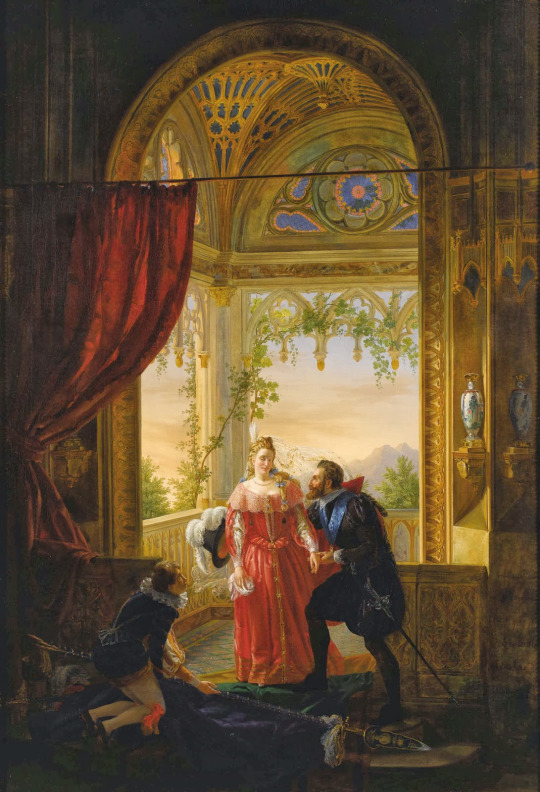
Henri IV with his Mistress by Louis-Nicolas Lemasle
#henri iv#art#louis nicolas lemasle#henry iv#king#france#french#henry of navarre#captured#flags#flag#standard#battle of coutras#troubadour#europe#european#history#diane d'andoins#countess of gramont#comtesse de gramont#architecture#countess de gramount#henry iii#navarre#henri iii#french religious wars#royal#huguenots#huguenot#royalty
62 notes
·
View notes
Text

Statue équestre de Henri IV…
#photography#original photography#original photography on tumblr#parisfrance#henri IV#pont neuf#la samaritaine
33 notes
·
View notes
Text
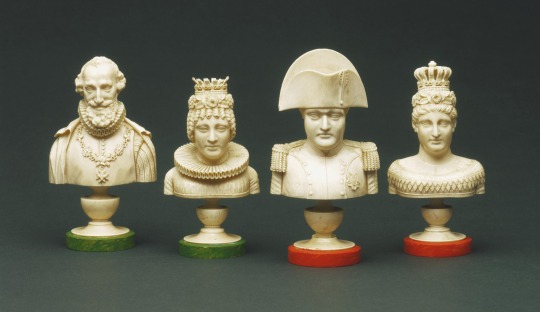
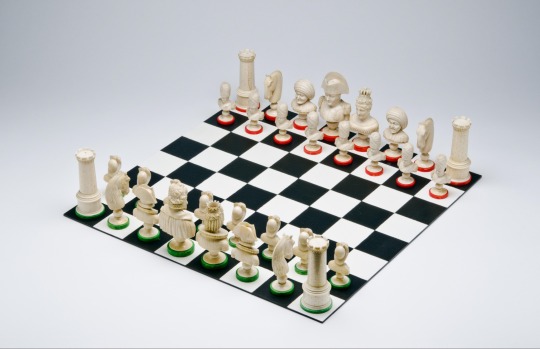
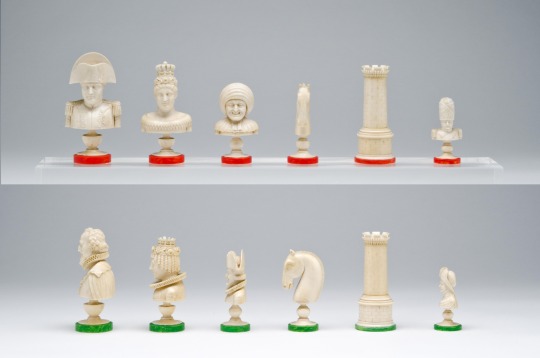
“Napoleon and Henri IV” Chess Pieces
Early 19th century
Artist/maker unknown, French
In the early nineteenth century French emperor Napoléon Bonaparte (1769–1821) was a popular subject for chess sets, appearing opposite a variety of historical figures. Here, the king and queen are represented on one side by Napoléon (in his familiar tricorne) and his wife Joséphine, and on the opposing side by the earlier French ruler King Henri IV (1553–1610) and his wife Marie de’ Medici. As is often the case in French sets, the bishop is replaced by a jester.
(Philadelphia Museum of Art)
#Napoleon#napoleon bonaparte#Henri IV#chess#chess pieces#napoleonic era#napoleonic#19th century#1800s#games#first french empire#french empire#history#french revolution#la révolution française#france#art#19th century art
44 notes
·
View notes
Photo

La Mode illustrée, no. 17, 23 avril 1882, Paris. Toilettes de Mme Bréant-Castet, 6 r. Gluck. Collection of the Rijksmuseum, Netherlands
Description de toilettes (Bibliothèque Forney):
Toilette de visite en faille nuance vive de bordeaux et velours épingle rouge. La jupe, plissée perpendiculairement tout autour, est faite en faille. A 10 centimètres de distance du bord inférieur les plis sont arrêtés par une guirlande de feuillage en velours et perles d'or. Paniers et draperie de derrière en velours épinglé rouge. Corsage à pointe en même velours, avec guirlande de feuillage (pareille à celle du bord inférieur) posée sur le côté du corsage. Grand chapeau de paille doublé de faille vive de Bordeaux et garni de fleurs rouges.
Robe en rhadamès bleu-papier (de sucre). La jupe est plissée perpendiculairement à intervalles réguliers. Sur chaque pli une passementerie ajourée à pampilles en saillie. Dernière, draperie très-bouffante. Corsage Henri IV, à pointe, avec bourrelet bouillonné sur son bord inférieur. Au-dessus de ce bourrelet une bande de passementerie. Encolure demi-ouverte, bordée de passementerie. Manches demi-courtes un peu bouffantes, avec longs gants en peau de Suède. Chapeau de paille doublé de velours bleu-papier.
—
Visiting ensemble in a bright shade of burgundy and red hairpin velvet. The skirt, pleated perpendicularly all around, is made of faille. At 10 centimeters distance from the lower edge the folds are stopped by a garland of foliage in velvet and gold beads. Baskets and back drapery in red pinned velvet. Pointed bodice of self-velvet, with wreath of foliage (same as lower edge) set at side of bodice. Large straw hat lined with bright Bordeaux faille and trimmed with red flowers.
Paper-blue (sugar) rhadames dress. The skirt is pleated perpendicularly at regular intervals. On each fold an openwork trimming with projecting pendants. Last, very puffy drapery. Henri IV bodice, pointed, with bubbled padding on its lower edge. Above this bead a band of passementerie. Half-open neckline, lined with trimmings. Half-short, slightly puffy sleeves, with long suede gloves. Straw hat lined with paper-blue velvet.
#La Mode illustrée#19th century#mid 1800s#1880s#1882#periodical#fashion#fashion plate#color#description#rijksmuseum#Forney#dress#toilette#ensemble#visiting#Henri IV#collar#bustle
59 notes
·
View notes
Text

King Henry IV of France. By Frans Pourbus the Younger.
#frans pourbus#frans pourbus the younger#royaume de france#henri iv#roi de france#henri iii#roy de navarre#roi de france et de navarre#vive le roi#maison de bourbon#vert galant#kingdom of france#house of bourbon
24 notes
·
View notes
Text


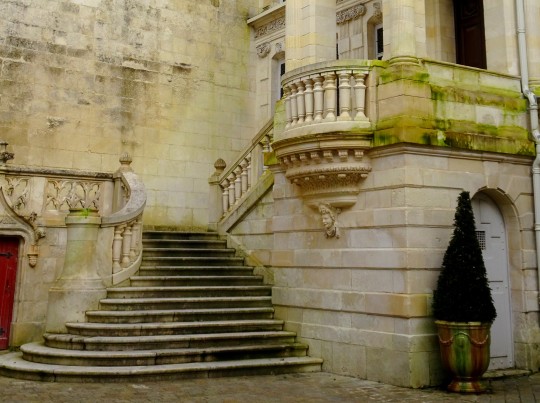

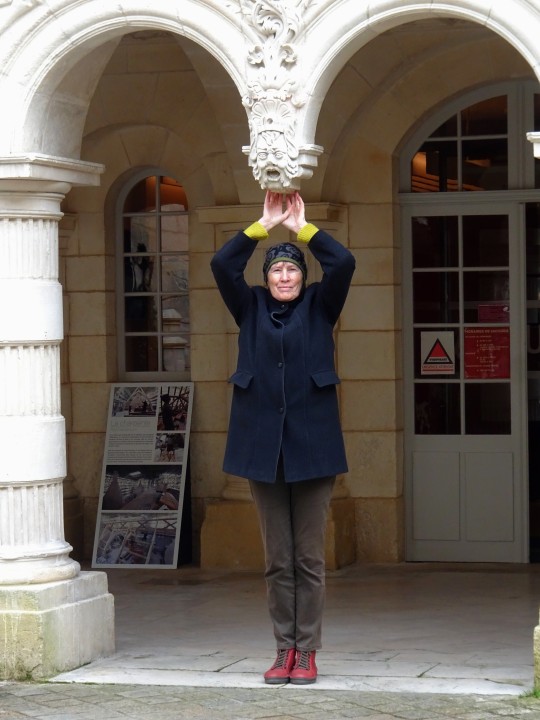

Deuxième étape de mon périple dans l'Ouest pour retrouver des ami(e)s lointain(e)s , Brigitte et Sylviane à La Rochelle.
La Rochelle : le très joli Hôtel de Ville, avec un cadran solaire, la statue colorée de Henri IV...et Sylviane en caryatide.
6 notes
·
View notes
Text
one of the most beautiful examples of female solidarity and female revenge is Mathilde de Toscane, powerful countess and fearsome war leader, who not only convinced the son of her enemy, Emperor Henri IV, to join her own camp, but also learned that the latter had kidnapped and cheated on his wife, Empress Praxedis/Adelaide, whom he also forced to sleep with other men, and so decided to free her and accompany her to Rome herself, so that she could tell the Pope all about it, inflicting on Henri an emotional wound, and a profound military and strategic loss, as well as freeing his wife from his horrors (Mathilde also got her revenge by doing this - Henri had spread the rumor a few years earlier that she was sleeping with the pope. He surely regretted it)
#radblr#radical feminism#radfem safe#radical feminist safe#radfem#radical feminist community#radical feminists do touch#radical feminists please touch#féminisme#féministe#history#mathilde de toscane#henri iv#herstory#women's history#female history#female warrior#female leaders
15 notes
·
View notes
Text
Louis XIII and his mother
While contemporaries thought that Louis inherited his father's "spirit" and intellect, his mother may have had a greater influence on the dauphin's political outlook. Henry sensed a central component of this: the striking resemblance of Louis's stubbornness and displays of temper to the emotional makeup of Marie. He even predicted that they would clash some day. This mother-son connection has been generally overlooked by historians, who have seen Marie de' Medici as a mother in name only, lacking in affection toward her firstborn. Scholars often dismiss Marie's role in Louis's early formation with the erroneous statement that she never kissed him, or did so irregularly.
The fact is, the queen did embrace the heir with regularity, if not exuberance, during his initial years. She also showed care for him in her letters, although these always had a practical bent in contrast to Henry's letters to the royal children's governess, which expressed a sense of joy in the children's very existence. Marie's letters remind one of the adult Louis's correctly concerned letters of condolence to subjects and his properly paternalistic communications with his sisters, surviving brother, and other close relatives.
The queen meticulously held out gifts as rewards for good behavior, while advocating inexorable punishment for "stubbornness." Still, she wrote to the dauphin's governess about the need to avoid whippings during the summer heat if possible, because the temperamental child "could get agitated"; and any beating should be administered "with such caution that the anger he might feel would not cause any illness." After 1609, when Louis's governess was replaced by a governor, the marquis de Souvré, Marie wrote to her son: "I am at ease in knowing that you are well and to learn that you are very well behaved, and that you are studying and doing your exercises. Keep it up and obey what M. de Souvré tells you so he will be able to confirm me always in that good opinion."
Marie's letters to her other children, notably the girls, confirm our impressions of the sort of indoctrination she was giving her firstborn. To Henriette, Louis's youngest sister, she wrote that nothing was more pleasing than her "little exercises." To the middle girl, Christine or Chrétienne, came an admonishment to be compliant like the oldest sister, Elisabeth. The mother's displeasure with the news of Christine's illness, we read with some astonishment, "would be greater if I didn't think of the example of your older sister who has been so well-behaved and obedient in doing what the doctors ordered for her. .. . So that is what I want from you and urge you to do if you wish to be always well loved by Your very good mother Marie."
Louis continued to look for maternal affection, despite Marie's cool demeanor. He was drawn to her also by an acquired filial deference, something that he could never fully shake later on in life, even when breaking with her spectacularly as a teenage king and again as an adult. His early childhood rages and pouting against her were no different from those he displayed so often toward his father, nurse, governess, and physician. Indeed, he could be so excited at the prospect of seeing his mother that he would help make her bed, be impatient if she did not come when expected, and race to kiss her when she finally arrived.
In addition to filial obedience and spontaneous hope, Louis was bonded to his mother by their peculiar positions in the royal family. Although she was clearly queen, and he just as surely dauphin, there was always competition for both of them from the same source —Henry's love affairs. Henry had a habit of acquiring longtime liaisons, in addition to indulging in casual sexual encounters. Furthermore, he somehow always managed to get his current lady friend pregnant in tandem with his wife's regular pregnancies. And he insisted that his legitimate and natural offspring live together at St-Germain under the common care of Louis's governess! This was mortifying enough for Marie, who alternated between fighting with her husband and accepting his affection and concern for her well-being, but it was downright confusing and unnerving for a proud, young heir.
A. Lloyd Moote- Louis XIII the Just
#xvii#a. lloyd moote#louis xiii the just#louis xiii#marie de medici#henri iv#élisabeth de france#christine de france#henriette de france#parents and children#i like it when marie's relationships are shown with more nuance
10 notes
·
View notes
Text
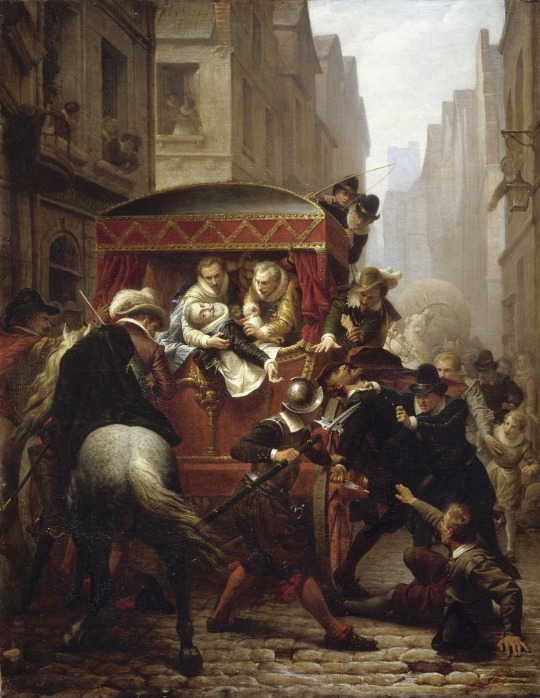
The Assassination of Henri IV and arrest of Ravaillac on 14 May 1610
by Charles-Gustave Housez
#henri iv#assassination#art#charles gustave housez#françois ravaillac#paris#france#carriage#french#king#history#henry of navarre#henry iv#navarre#bourbon#assassin#death#monarch#europe#european#french wars of religion#wars of religion#huguenot#huguenots#protestant#catholic#civil wars#war of the three henrys#christianity
47 notes
·
View notes
Photo

Qu’elle est la couleur du cheval blanc d’Henri IV ?
By Rurik Dmitrienko
#henri iv#Paris#photographie noir et blanc#black and white photography#photographer on tumblr#original photographers#French photographer#French photography#rurik#rurik dmitrienko#bnw#b&w#sculpture#Contemporary Photography#paris photo#paris photography
11 notes
·
View notes
Text
"La satisfaction qu'on tire de la vengeance ne dure qu'un moment : celle que nous donne la clémence est éternelle."
Henri IV
7 notes
·
View notes
Text
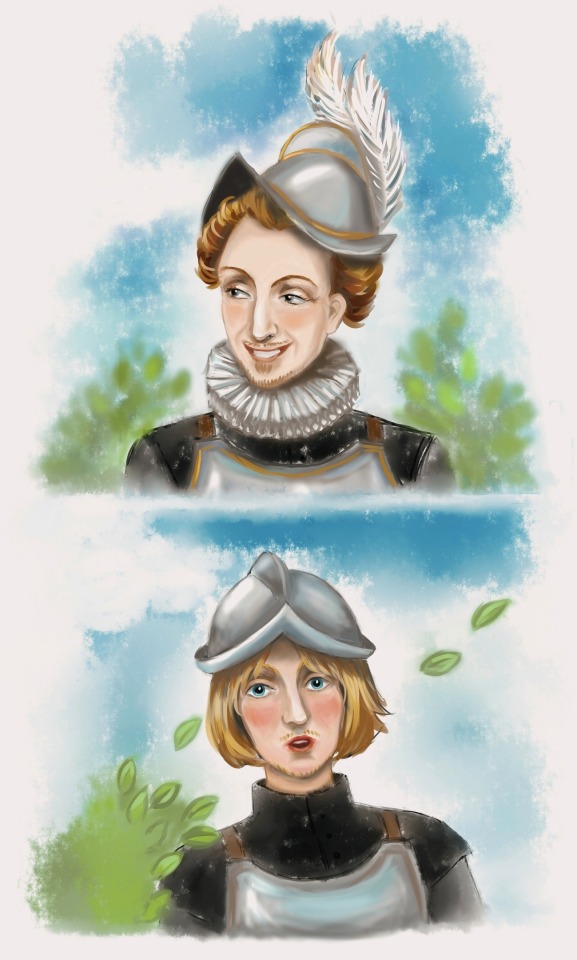
Henri de Navarre looks shiny and handsome. Baron de Rosny`s looking at him in astonishment
#Henri de Navarre#Henri IV#Maximilien de Bethune#Duc de Sully#Baron de Rosny#french history#16th century#Henry IV of France#Duke of Sully
2 notes
·
View notes
Text

King Henry IV of France. By Frans Pourbus.
#frans pourbus#royaume de france#maison de bourbon#henri iii#roi de navarre#royaume de navarre#roi de france#vive le roi#vert galant#henri iv#kingdom of france#house of bourbon#roi de france et de navarre
19 notes
·
View notes
Text
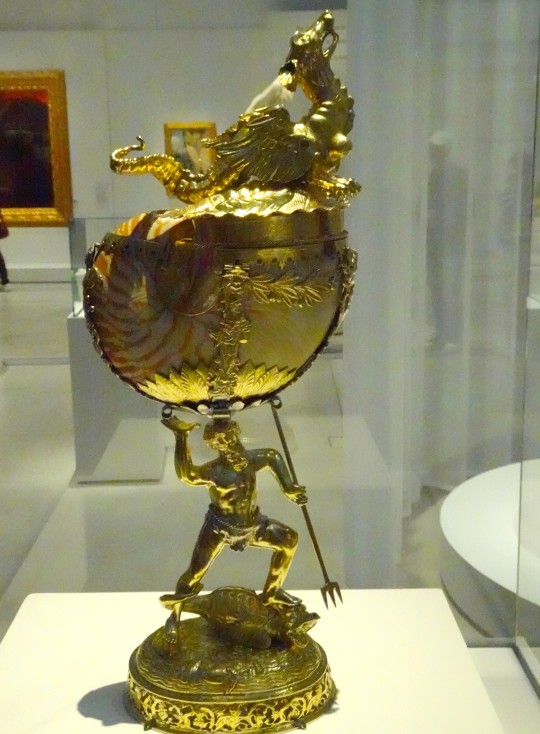


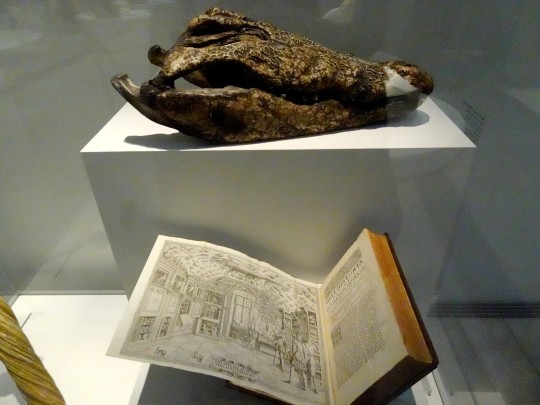


Il y a une petite quinzaine, je suis allé avec Julien et Katie, au Louvre-Lens pour une expo temporaire : "Animaux Fantastiques". Une très belle expo ! Ici des dragons et une gargouille.
en alternance, nautile monté, argent - Allemagne, XVIIe s.
école de Toussaint Dubreuil - "Henri IV en Hercule"
en haut, prétendu dragon tué par Gilles de Chin, seigneur de Wasmes (en fait, crâne de crocodile momifié champsès) ; en bas, livre de Ferrante Imperato - Histoire Naturelle - Naples 1672
Louis Welden Hawkins - "Le Sphinx et la Chimère"
#expo#louvre-lens#animaux fantastiques#monstre#créature#dragon#chimère#gargouille#nautile#baroque#allemagne#toussaint dubreuil#renaissance#henri IV#hercule#gilles de chin#seigneur de wasmes#wasmes#crocodile#momie#momie de crocodile#crocodile champsès#champsès#histoire naturelle#ferrante imperato#naples#louis welden hawkins
3 notes
·
View notes
